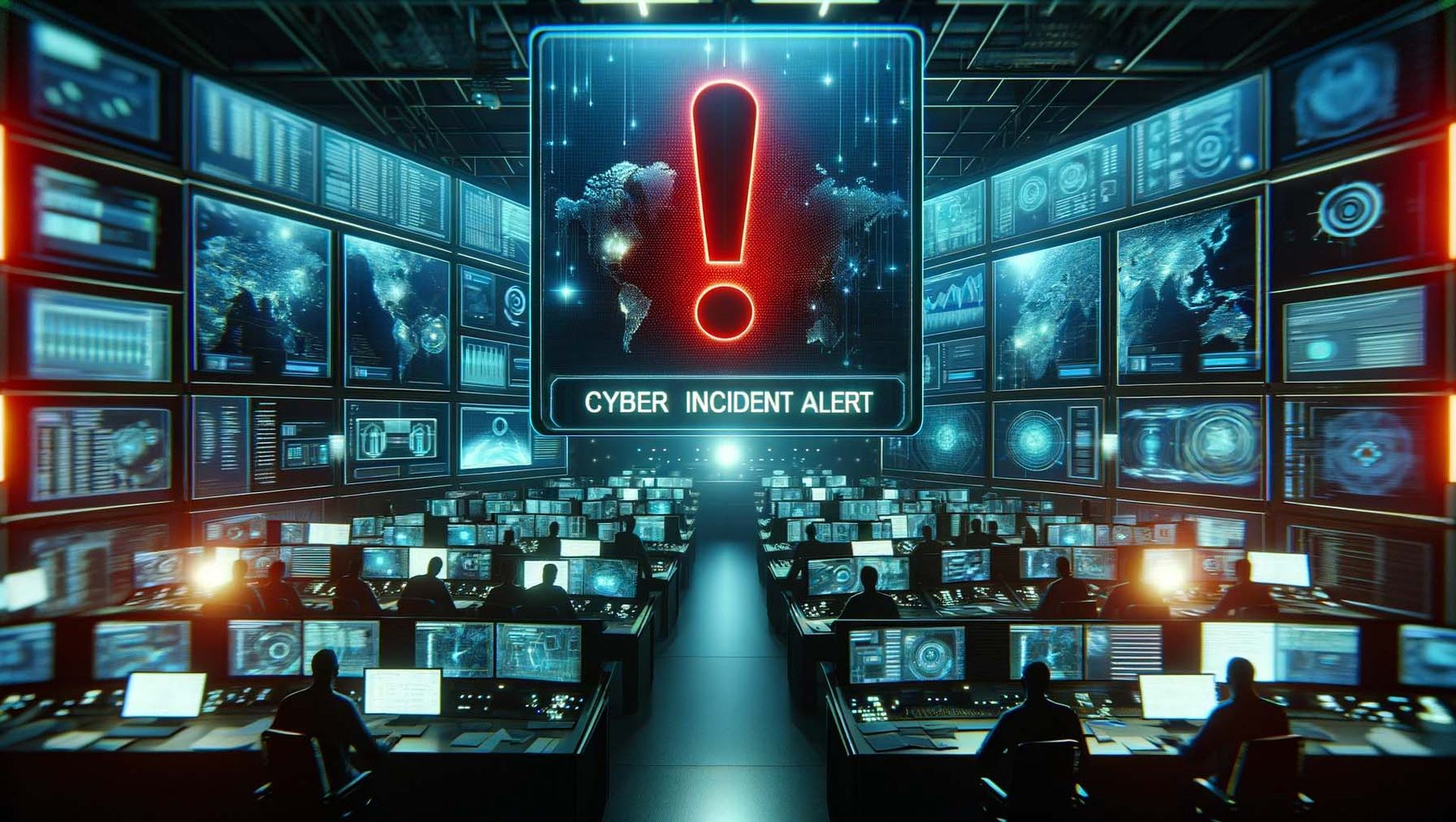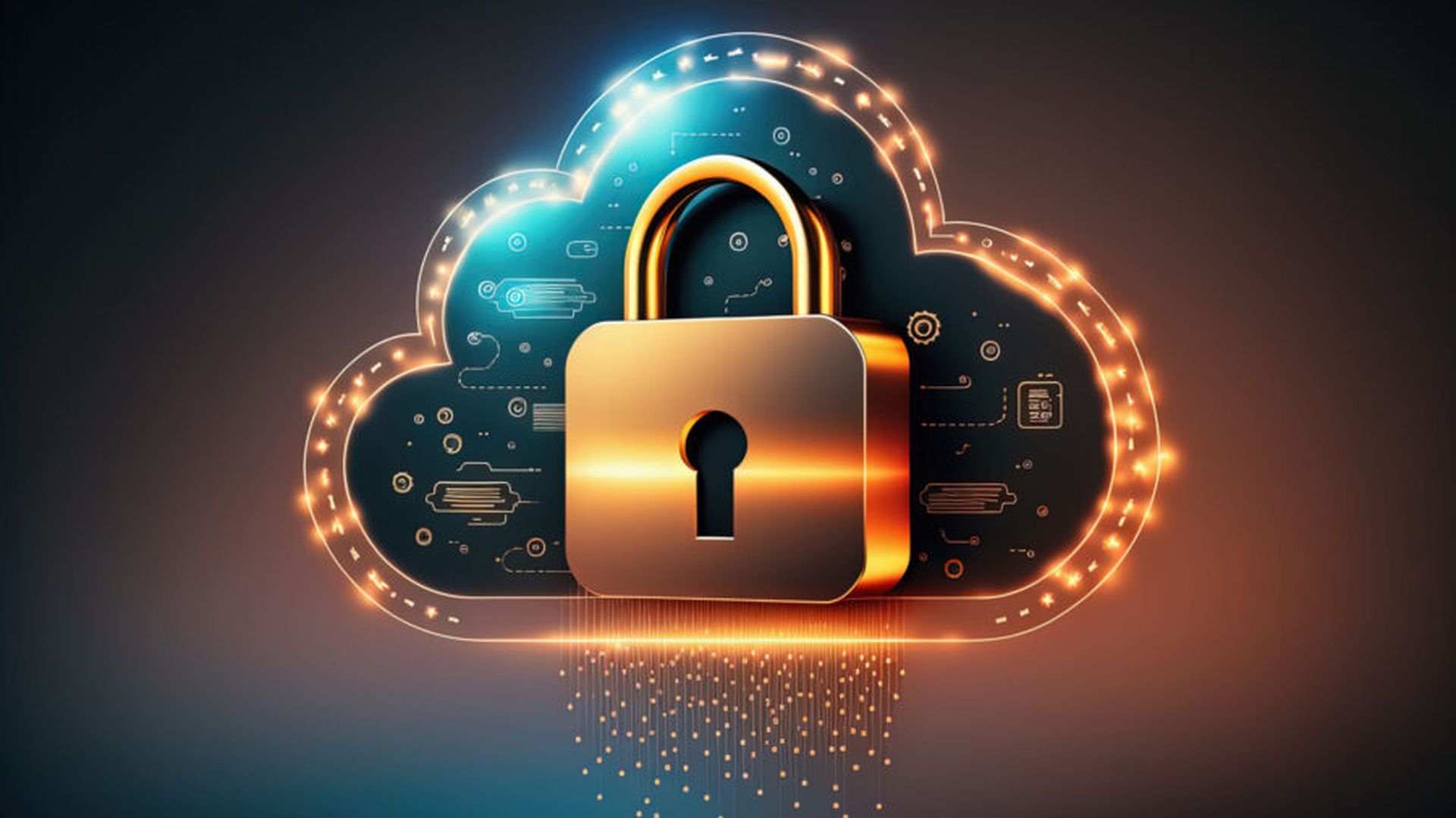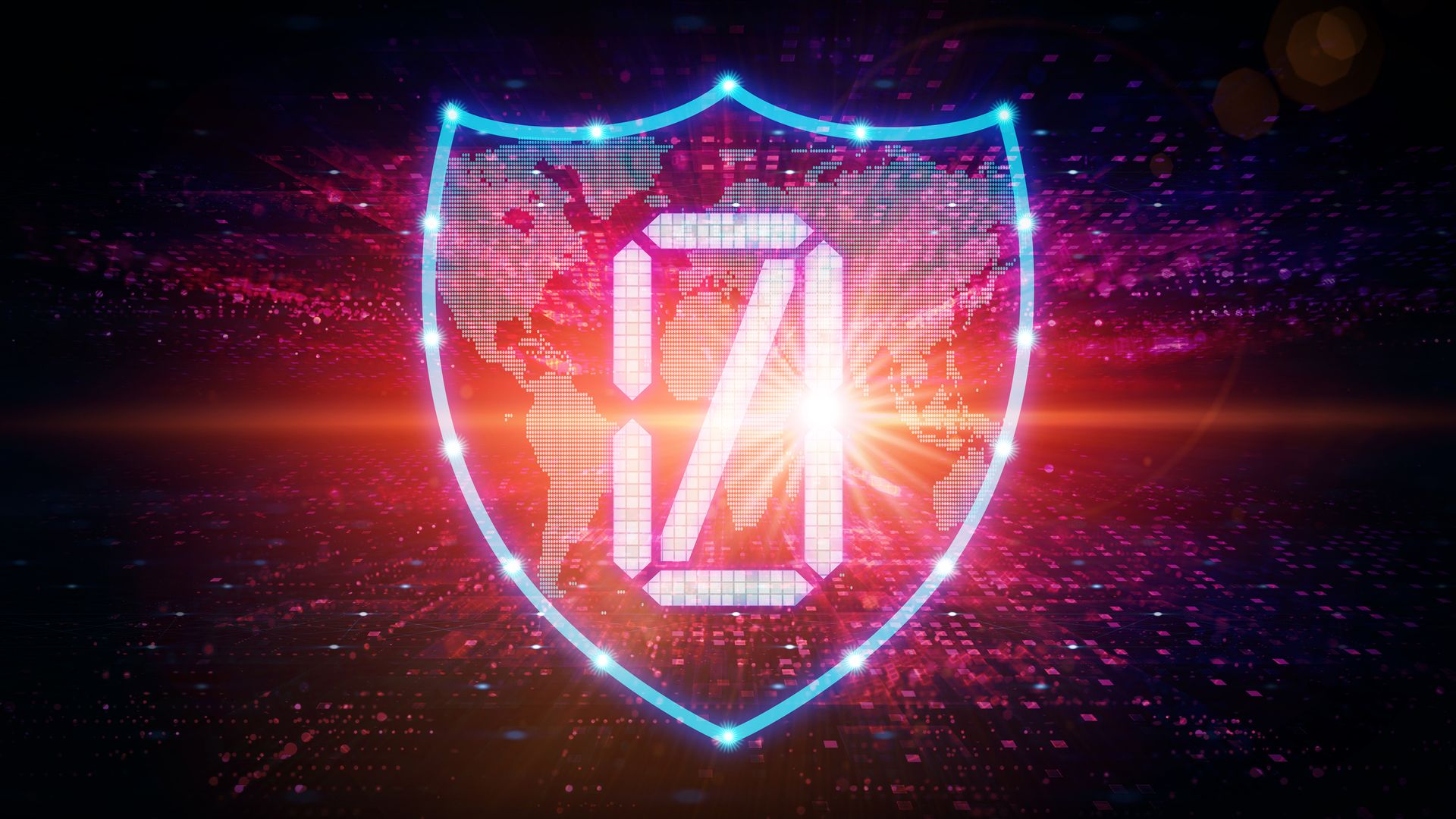Bringing Cleanroom Recovery to Managed Service Providers
Recognizing the growing role of MSPs in helping organizations maintain operational continuity, Commvault has now made Cleanroom Recovery available to service providers. MSPs can incorporate this technology into their offerings, enabling customers to benefit from secure, tested recovery environments without the need for complex internal deployments. This extension supports greater resilience at scale, particularly for organizations looking to outsource recovery preparedness while retaining control over critical business systems.Expanded Partnership with CrowdStrike for Coordinated Response
In a parallel move, Commvault has deepened its partnership with CrowdStrike to offer a unified suite of incident response and cyber recovery services. The integration combines CrowdStrike’s real-time threat detection and investigation with Commvault’s Guardian services, which include cyber resilience assessments, scenario-based testing, and guided recovery support. This collaboration helps joint customers respond more effectively during active threats. With aligned workflows and shared insights between security and IT teams, organizations can accelerate incident resolution while ensuring clean, verified system restoration.The combined offerings are designed to support every stage of the attack lifecycle. From pre-incident readiness to real-time response and post-attack recovery, customers gain access to a coordinated solution that addresses both the technical and operational dimensions of resilience. The subscription-based delivery model also provides flexibility and scalability, allowing organizations and MSPs to tailor support based on their specific risk and recovery profiles.A Unified Approach to Modern Cyber ResilienceThe Cleanroom Recovery enhancements and the expanded CrowdStrike partnership reflect a growing shift toward integrated security and recovery strategies. By bridging detection, response, and restoration, Commvault is now providing a practical framework for organizations looking to reduce downtime, validate recovery workflows, and stay prepared for the next cyber event—without increasing internal complexity.




